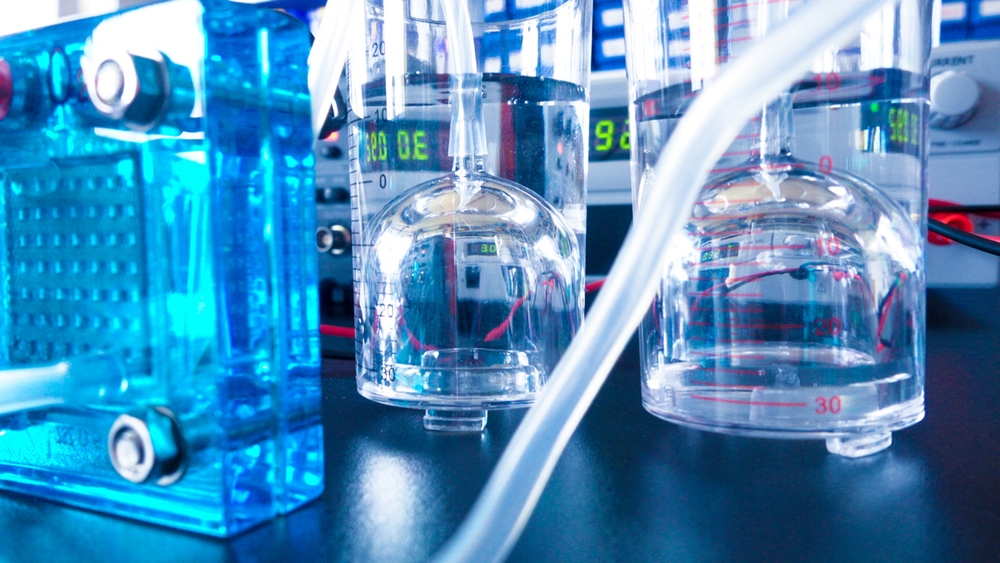
A new, faster method for producing hydrogen has emerged requiring much less energy.
Researchers have found a new, faster method for producing hydrogen using far less energy.
Scientists at Waseda University in Tokyo have developed the new method, which is irreversible and takes place at a much lower temperature that is expected to contribute to the spread of fuel cell systems for automobiles and homes.
Hydrogen is normally extracted from methane and steam using a nickel catalyst at more than 700 degrees Celsius, which creates challenges for widespread use.
Yasushi Sekine, a professor at Waseda University Faculty of Science and Engineering, led a group in developing the method that allows hydrogen extraction at temperatures as low as between 150 and 200 degrees Celsius.
By reducing the required temperature needed for reaction, the group was able to reduce the energy input needed to produce hydrogen fuel, extend catalyst life, reduce the cost of construction materials and reduce complexity of heat-management (cooling) systems.
While it was previously proven that a fast reaction was possible at a lower temperature range by applying a weak electric field, the mechanism had not yet been fully understood.
However, Sekine’s group was able to explain for the first time the mechanism by observing the catalyst during the reaction where the protons moved quickly through water absorbed on the catalyst’s surface and protons’ surface “hopping” allowed the reaction to proceed at low temperatures.
The reaction is also irreversible because of the collision of the protons and the absorbents.
The research also may be used in many consumer products for the commercialization of hydrogen because the same mechanism makes it possible to lower the temperature for various reactions involving hydrogen or water. The process is already being used to create reactions between exhaust gases and fuel at low temperature, which will improve energy efficiency in automobiles.
The study, which was published in Scientific Reports, can be viewed here.




